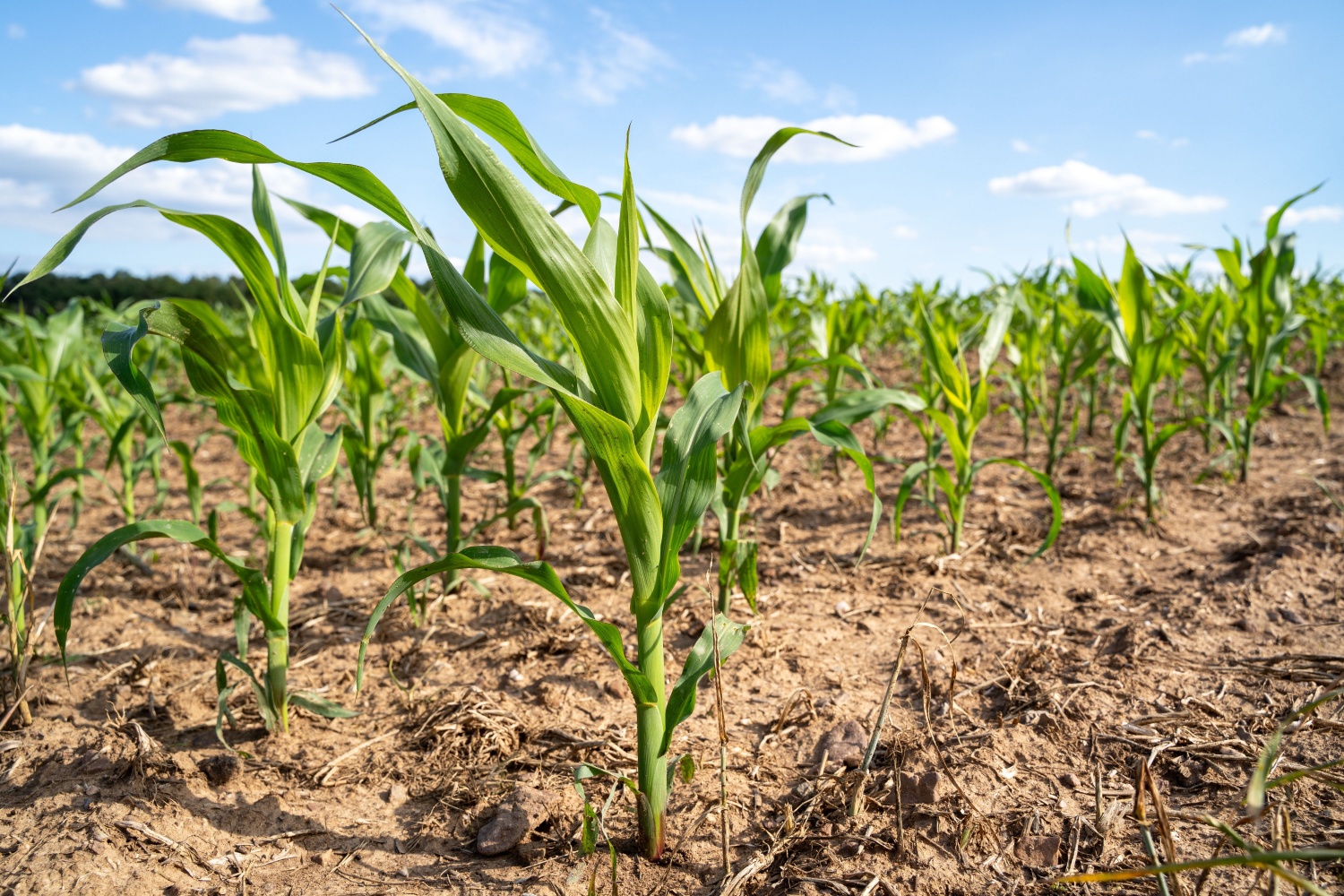This year’s weather has been mostly outstanding for crops, and that is easy to see when you look at your nearest corn and soybean fields. However, too much rapid growth can cause problems, and Iowa farmers have seen that firsthand.
David Hoy, northeast Iowa agronomist with LG Seeds, said the fields in his area have progressed rapidly through their reproductive stages.
“We’re seeing a surprising amount of corn that is really moving quickly through its reproductive stages. We’ve got a lot of corn that is soaking up those heavy GDUs that are out there with that heat we’ve recently had, along with all the moisture, and it’s really cranking through its reproductive stages,” Hoy said. “As we look at the crop growth cycle, it’s really moving along fast. We’ve got a little bit of southern rust moving in, which is always a concern. Hopefully, our corn that’s moving faster is going to be kind of cooked and baked by the time the southern rust really gets cranked up, though.”
Hoy said farmers should get out in their cornfields now and start making game plans for harvest.
“With that heat and moisture that we have—boy, that plant is just putting absolutely everything it can into the kernel, and doing it at a quick rate, which can sometimes affect stock quality, maybe some test weight. But for the most part, it is really cranking through,” he said. “As farmers are out there checking crops, peeling back those husks, it’s always good to check and see where that milk line is. And boy, start planning ahead—where are you going to start with the combine? Because the crop can tell you just exactly where it’s sitting right now, and it might surprise you.”
Southern rust is emerging as one of the top corn diseases this year, and Hoy is seeing it in his area.
“Certainly the southern rust is moving in, kind of from the southwest. I would say it’s a little more prevalent in southwest Iowa versus southeast Iowa, although it is present in both those areas. But it’s moving up,” he said. “Really, once you get up to that ear leaf, now you’re starting to affect yield. It’s moving north—although it’s not quite all the way up to Minnesota in heavy-pressure areas—but we’re starting to see that really climb in.”
“If you have not made the investment for a fungicide application, you’re definitely seeing a lot more severity in southern rust. Even farmers that did put some fungicide out there at tasseling, or around tasseling, are still seeing some evidence of that southern rust moving in. It’s just an aggressive type of fungus that we have to watch out for.”
Of course, tar spot is back again as one of the top annual fungal diseases that farmers need to manage.
“Tar spot, on the other hand, is present, but it really hasn’t blown up. It got too hot—especially at night. We had those 80-plus degree nights, and boy, that really set that fungus back, I think,” Hoy said. “But the tar spot just hasn’t been as aggressive as it has in years past.”
“Now, the other problem with that is those hot nights—even though they’re good for slowing tar spot, they’re also bad for the corn. You get those hot nights, and boy, that plant doesn’t have time to respire or just relax and open up the stomata. That’s a lot of pressure, where the plant has to really work to keep itself cool and keep everything moving and flowing within the xylem and the phloem plant.”
On the soybean side, Hoy said that diseases like sudden death syndrome can ravage fields in a flash. With pod fill happening now, it’s important to stay ahead of these diseases.
“Get into soybeans, like you said—we have brown stem rot, sudden death syndrome, all those acres out there that are starting to peel off and look a little bad. Now those are going to be crispy dry,” he said. “So if I’m out there with the soybeans, I want to make sure that I emphasize going to those areas first, just to get as many of those soybeans out of the field as I can quickly.”
“When we look at the corn side, certainly with all this moisture—boy, we know that’s probably pushed some of the nitrogen down through the soil profile and maybe forced that plant to take a little bit of its resources from the stalks. So if I’m out there, I’m making sure I’m pinching the stalks as I go down the rows, checking those fields as we get closer to harvest time.”
“If I can squeeze those stalks, I know that the next big windstorm—like the one we just got—might kink those plants over and cause a headache when it comes to harvest. So I’m absolutely making sure I’m checking the stalks this fall, just to prioritize which fields I need to harvest first.”


